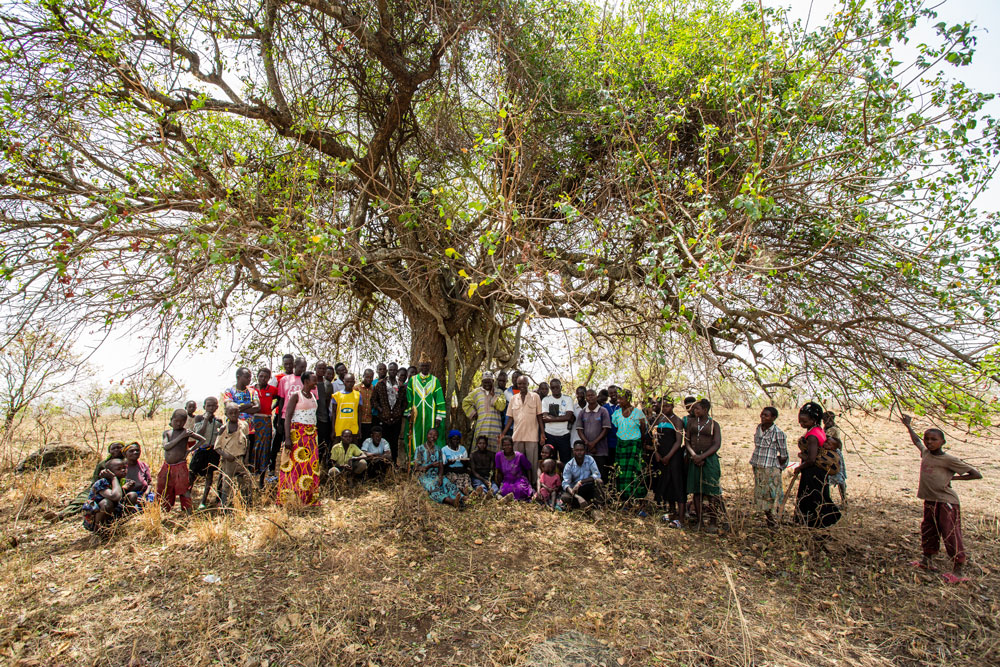Where Nyipir/Gipir Died
Located in the heart of Padyere county in Locjudongo village, Mvura parish, Padwot sub-county, Nebbi district, Locjudongo is thought to be the main heritage site for the Alur people, where the legendary Nyipir/Gipir is believed to have settled, lived and finally met his death. It is where Nyipir/Gipir was buried together with his royal regalia. However, because Nyipir/Gipir pronounced a curse for the Padwot people to conceal information about his grave site to his children, the actual spot remains a mystery, as this directive is held strongly among the Padwot. Upon Nyipir/Gipir’s death, his uncle, Nyangan, also made a pronouncement that the Padwot should never claim Nyipir/Gipir’s kingship, to avoid being cursed. At Locjudongo, the Alur people grew in numbers. According to the Padwot people, Nyipir/Gipir’son, Omyer Amor, succeeded him as Rwoth [chief] and moved from Locjudongo to the present day Omyer area.
Fr. Crazzolara points out in his book (on page 184), that: “… Later Nyipir/Gipir moved further on and reached Padwot in the country of Padyere, where he settled and lived up to the time of his death… In the same place [Padyere] lived and died his son and successor Opodo… Paicing, son of Opodo, succeeded as Rwot, and moved inland as far as the country called Alur. Paicing died there, leaving as his successors Omyeer – dhyang………”
The Locjudongo heritage site is endowed with a rich and beautiful natural scenery. It is dotted with trees such as the loc [from the peg to which his cow was first tied to stop it from straying away] and the somboro used by the Alur people for building shrines. There is a pool of water called “Dago Locjudongo,” where Nyipir/Gipir’s miraculous rain stones are believed to have been placed.
There is an annual rain ritual performed for the people of Padwot at Dago Locjudongo between January and February every year.
The site is also marked by a stone bearing Nyipir/Gipir’s footprint near his kraal and rock board game on the eastern side. Locjudongo is thus the site where he played his last board game before he died and a site where the annual rain ritual for the people of Padwot is performed. The rule of the board game was “Either the chief wins or you lose.” During the game time, if the chief perceives that he is bound to lose, he stops playing and demands to know his challenger’s lineage in detail from the royal elders. Next, the chief reveals his displeasure of the game with the challenger to the royal elders in attendance. The elders then summon the family head of the challenger for disciplinary actions: either to pay a castrated he-goat for humiliating the chief, or the entire clan members come to dig in the chief’s garden the following day. This was to ensure food security in the chiefdom.
